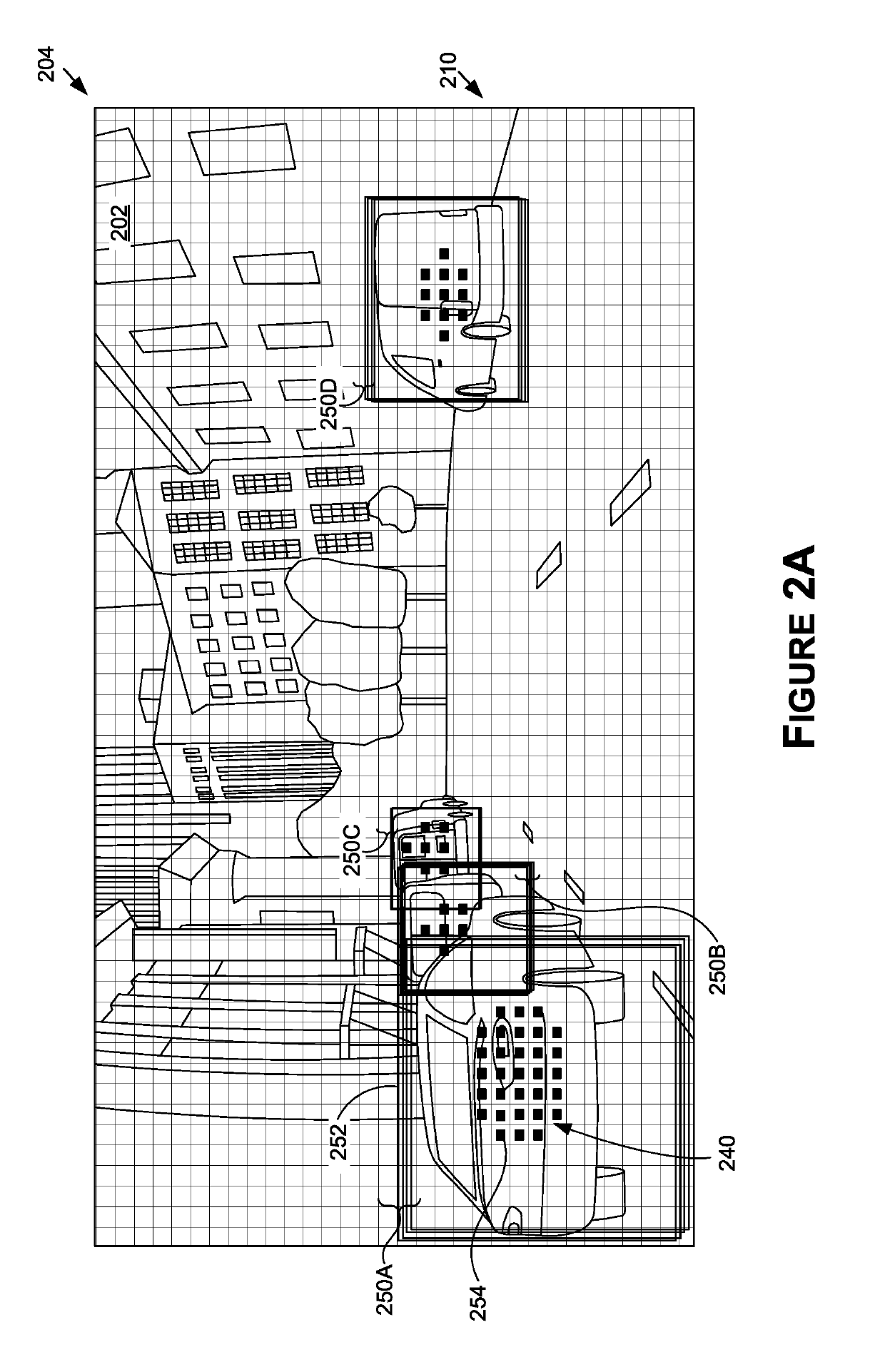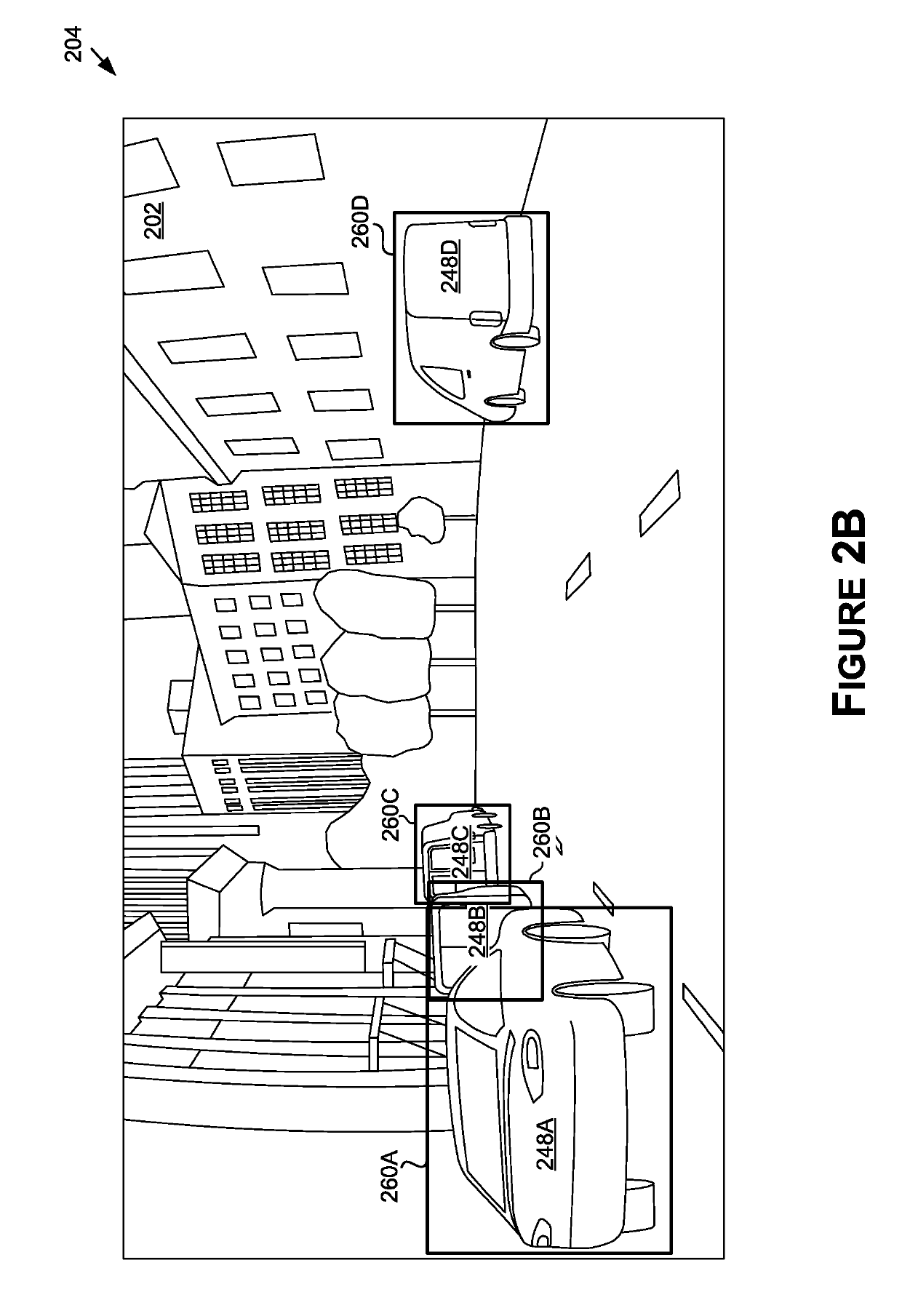Object detection and detection confidence suitable for autonomous driving
a technology for autonomous driving and object detection, applied in scene recognition, instruments, reradiation, etc., can solve problems such as false detections or positives, improper paths and even collisions, and conventional approaches that may not have the desired accuracy, so as to improve the accuracy of final detected objects, accurate indicate probability, and distinguish between adjacent objects
- Summary
- Abstract
- Description
- Claims
- Application Information
AI Technical Summary
Benefits of technology
Problems solved by technology
Method used
Image
Examples
example autonomous
[0209 Vehicle
[0210]FIG. 15A is an illustration of an example autonomous vehicle 1500, in accordance with some embodiments of the present disclosure. The autonomous vehicle 1500 (alternatively referred to herein as the “vehicle 1500”) may include a passenger vehicle, such as a car, a truck, a bus, and / or another type of vehicle that accommodates one or more passengers. Autonomous vehicles are generally described in terms of automation levels, defined by the National Highway Traffic Safety Administration (NHTSA), a division of the US Department of Transportation, and the Society of Automotive Engineers (SAE) “Taxonomy and Definitions for Terms Related to Driving Automation Systems for On-Road Motor Vehicles” (Standard No. J3016-201806, published on Jun. 15, 2018, Standard No. J3016-201609, published on Sep. 30, 2016, and previous and future versions of this standard). The vehicle 1500 may be capable of functionality in accordance with one or more of Level 3-Level 5 of the autonomous d...
PUM
 Login to View More
Login to View More Abstract
Description
Claims
Application Information
 Login to View More
Login to View More - R&D
- Intellectual Property
- Life Sciences
- Materials
- Tech Scout
- Unparalleled Data Quality
- Higher Quality Content
- 60% Fewer Hallucinations
Browse by: Latest US Patents, China's latest patents, Technical Efficacy Thesaurus, Application Domain, Technology Topic, Popular Technical Reports.
© 2025 PatSnap. All rights reserved.Legal|Privacy policy|Modern Slavery Act Transparency Statement|Sitemap|About US| Contact US: help@patsnap.com



